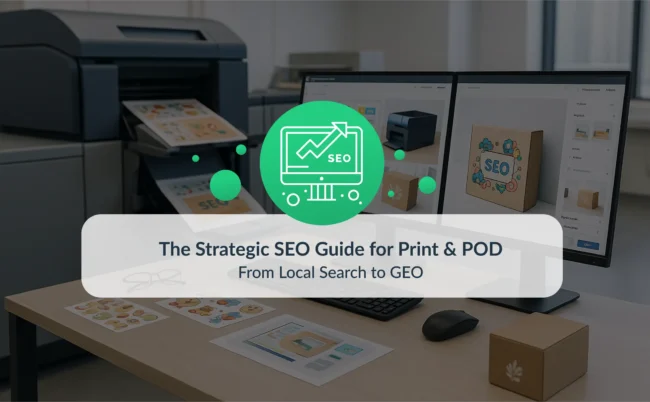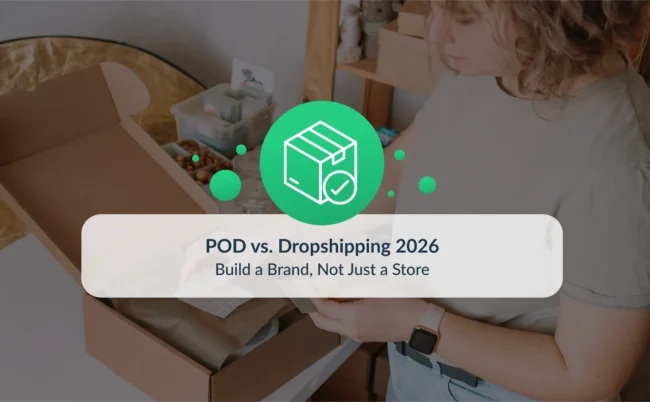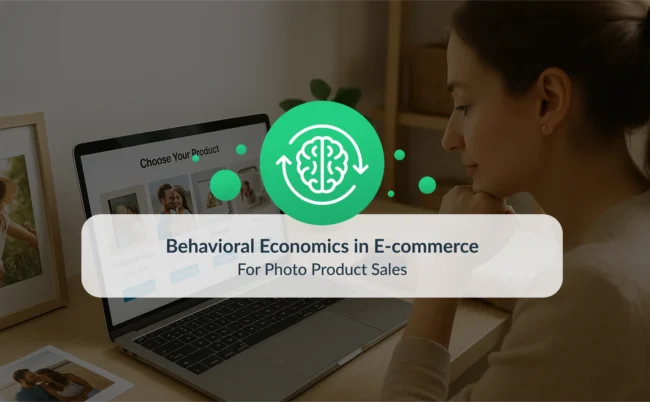Cart abandonment is a problem for every single e-commerce owner, regardless of the type of products being sold. There will always be people who are adding your products – in this case, custom photo goods – to their cart, yet ultimately end up not making a purchase.
However, while this is inevitable, you can definitely take steps to reduce these numbers. Here are our tips on how to achieve this!
What exactly is shopping cart abandonment? To put it simply, this is when customers add items to their cart but leave the website before they have finished their transaction.
In many cases, it’s often true that more people abandon their carts than buy the products within. According to research, the average cart abandonment rate is 68%. How is this rate when it comes to your photo products? Ultimately, it doesn’t matter how good it may be, as you should always be trying to make it better, putting a focus on constant optimization and improvement.
So, here are 6 effective ways to reduce cart abandonment rates for your photo product e-commerce store.
1. Implement a pop-up
Pop-ups can easily be installed on your store’s website and can be set to detect when a user is about to leave your website. This is a so called exit-intent pop-up.
When a user is about to leave your website and abandon the items in their cart, such pop-ups appear and typically include a message encouraging readers to stay on the site and finish their shopping. It’s a good idea to use this pop-up to inform users about special offers or discounts. Alternatively, you can present more information about products or steps the user needs to take to finish the purchasing process.
Below, you can see an example of an exit-intent popup which could work really well, encouraging users to buy the items placed in their cart.

2. Keep it as clear as possible
When it comes to the customer journey, the buying process should be clear, easy and effortless for all. First of all, you should keep users informed about their current step in this buying process, as well as which step is coming up next. As part of this, you should also clearly present your customers with instructions on what you want them to do, or what information they need to provide you.
Call-to-action buttons are also important here. These should be highly visible and clearly defining what they lead to. Don’t distract users with less important buttons or actions, like signing up for newsletters, as these aren’t needed at this stage.
3. Use time pressure
Some e-commerce owners use session expiry limits because their inventory has limited numbers and moves quickly, but others simply include it as a form of persuasion. You should think about using such a message where, for example, you can show how much time is left for a given offer or discount. Perhaps you can show how quickly your chosen photo products are being sold. This is called scarcity and, sometimes, this extra motivation can ensure customers complete their purchases.
You can also use these kind of messages on your main page. Try using an announcement, such as “All photo calendars are 30% off until the end of September, hurry up!” or “Two greeting cards for the price of one! Offer ends in 24 hours!”. When people know they have less time for something, they can often hurry and complete the process, even if they showed prior hesitation.

4. No hidden costs
If your e-commerce has any extra fees alongside the product price itself, such as shipping costs, sales tax and handling fees, you should ensure these costs are clearly presented on the product pages.
This ensures customers will not be surprised when they add an item to their cart and try to make a purchase. On the other hand, introducing surprise costs after an item has entered the basket, as the change in final cost will prove discouraging for many.
5. Increase trust and credibility
You must remember that, when making a purchase, your customer put lots of faith in you as an e-commerce owner. They give you their personal data, as well as financial information, so it’s only natural that they want to feel safe when buying from you.
To help ensure people feel protected, show your customers their information is secure through a valid SSL certificate (a security measure indicated by a green padlock in web browsers) and various trust logos and security symbols. This can include the likes of Verified by VISA, PayPal Verified, Norton Secured and so on. All of this serves to show customers that you – and your store – can be trusted.
6. Use emails to send reminders about shopping cart items
While this last point isn’t exactly a method for reducing abandonment rates, it is an effective way to bring potential customers back to your store. When users leave your online store before they make a purchase, they have the possibility of leaving their email address. If this is the case, you can set up an email autoresponder to notify individuals about the products they left in their cart.
There are plenty of tools that do this, such as Mailchimp, and you can read more about this in our our article about marketing tools.
When it comes to the email content itself, try showing the photo products they left in their shopping carts, as well as call-to-action buttons to help them return to your site and complete their purchase.
Ultimately, you will never get your cart abandonment rates down to absolute zero but, by implementing these solutions and other techniques, you can significantly improve the conversion rates of your shopping carts, capturing sales that you would otherwise have lost.
If you would like some extra advice, you can read about improving your online store’s conversion rate here.




